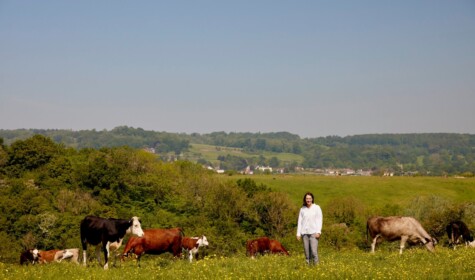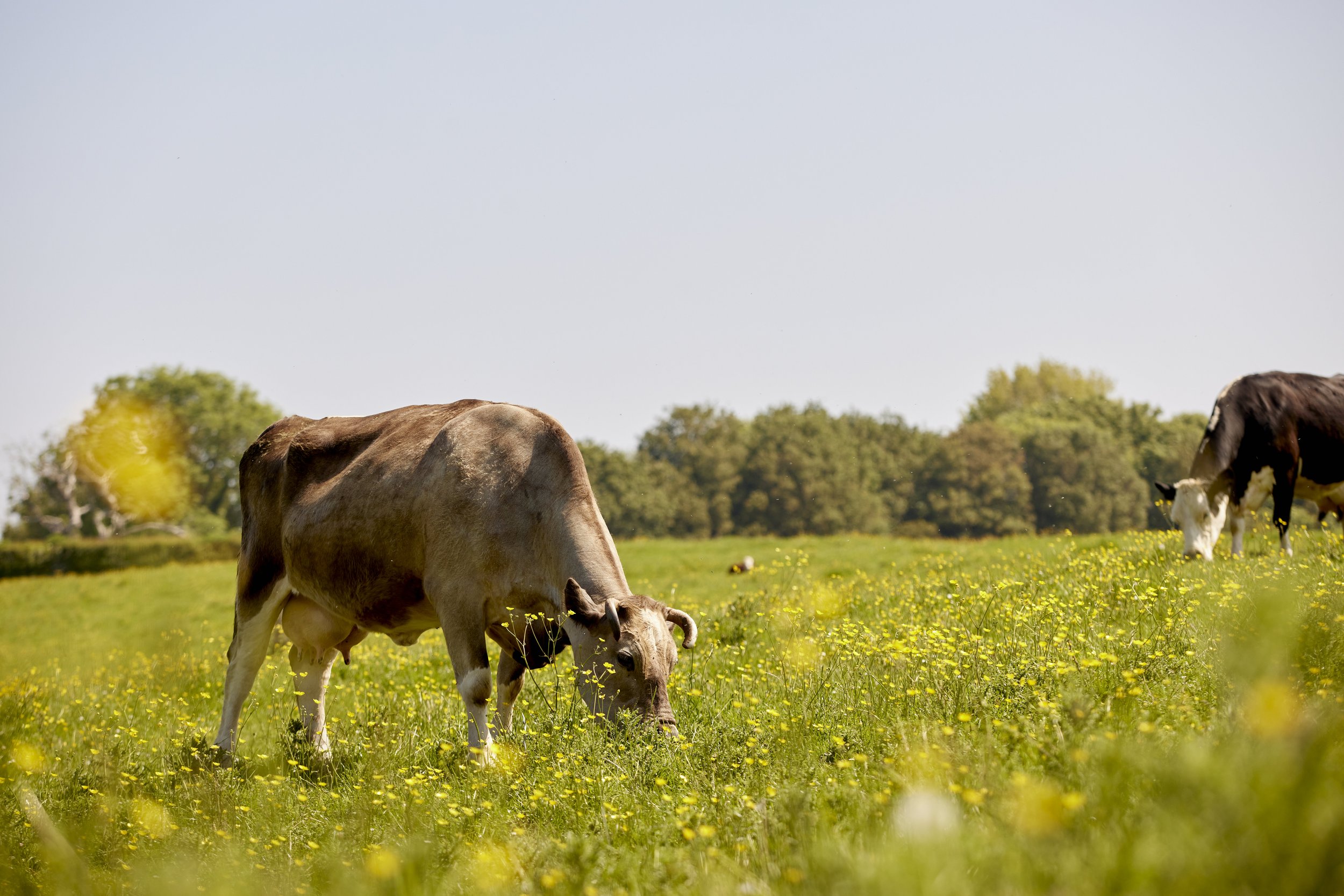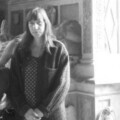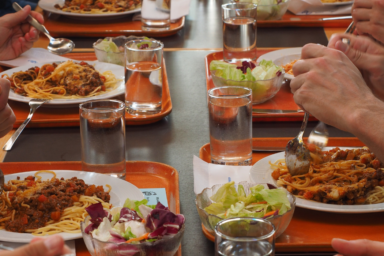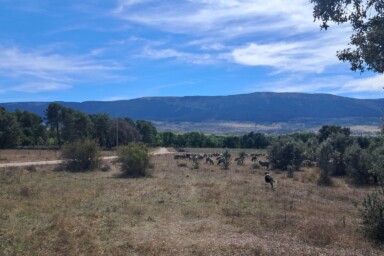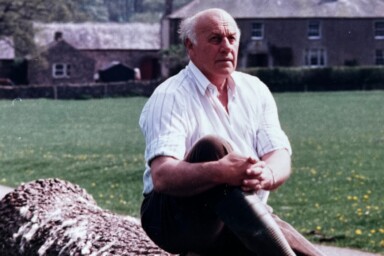Twice a month, Catherine Withers heads to market two miles away in Bedminster, to sell her wares, much as her family have done for generations. Once they would have been joined by many other families whose produce fed the local population and whose farms were within Bristol’s city boundary. A hundred years ago, according to Catherine, there were 28 farms in South Bristol alone, several of them tenanted by her ancestors. Today hers, Yew Tree Farm, on the western bounds, is the last to remain as a working farm.
“Bristol’s last working farm”
It is an unusual USP and not one that anyone would have chosen, but for the fact that Yew Tree Farm is fighting for its life. The words are simple but loaded with emotion and imply that it belongs, not just to the farmer, but to the city – that its loss would be a loss to all.
I visited on a warm autumnal day and was taken, as always, by how beautiful it is. The cluster of buildings that make up the house, adjacent cottage and barns are of the soft white lias (a type of limestone) and weathered red tiles that are traditional to the area. There are low stone walls, yellow roses and chickens in the back garden. Sitting in the front garden to discuss the latest successes and threats, our conversation is interrupted often. Sometimes this is by Catherine, pointing out the swallows still to make their journey south, (“We had 28 babies this year,” she says), or the red admiral butterfly sunning itself on the path. Sometimes it is by phone calls or messages. Sometimes it is by a variety of people coming and going. One of the latter was a lady called Patricia, who had walked down the lane and into the yard because “I wanted to see the place for myself.” She had been following the campaign to save Yew Tree Farm and had written to all the relevant players, she said. “That happens every day,” said Catherine, after Patricia’s departure, “so many people care about the farm.”
